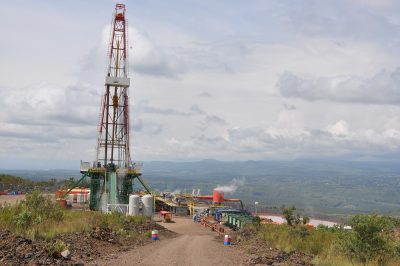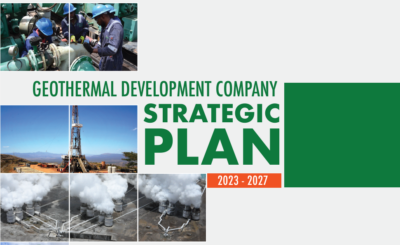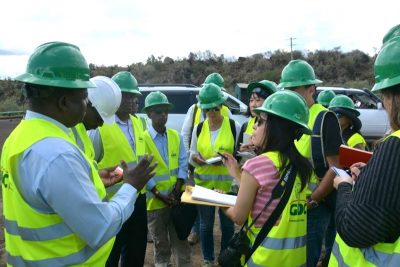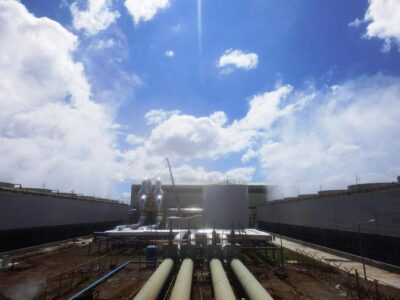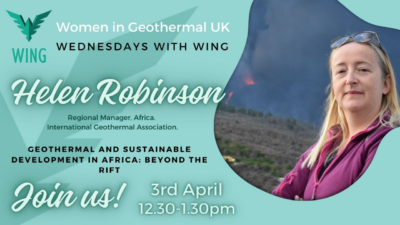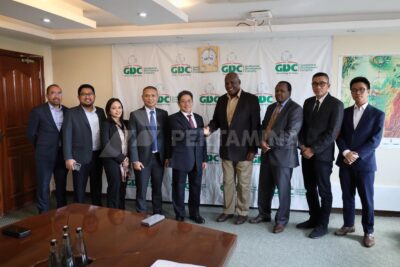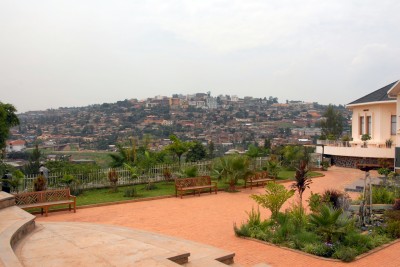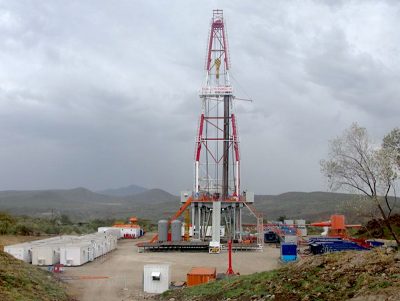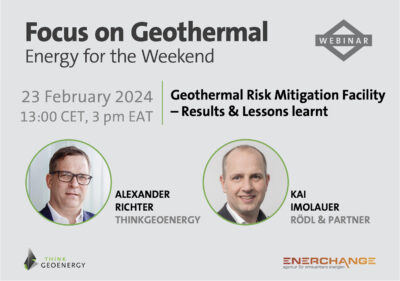Africa’s Rift Valley’s potential for the continent
With an estimated potential of around 14,000 MW geothermal energy could play an important role for the energy shortage in Africa, but so far only Kenya and Ethiopia have tried to exploit it. KenGen, Kenya's biggest power producer, estimates the potential at 7,000 MW
With an estimated potential of around 14,000 MW geothermal energy could play an important role for the energy shortage in Africa, but so far only Kenya and Ethiopia have tried to exploit it.
KenGen, Kenya’s biggest power producer, estimates the potential at 7,000 MW so Geoffrey Muchemi, Energy Development Manager at the company. He further states that “through an organization that is organized by the World Bank called, African Geothermal we are trying to rally everyone on Africa to go Geothermal.”
Kenya is already generating 167 MW but has the potential for 3,000 MW, according to KenGen. Kenya’s Kengen generates 115 MW from two power plants in Naivasha but plans to increase that to the 1,260 MW in 10 years.
At the moment, Kenya’s peak demand has matched the 1,200 generation capacity, making the need to accelerate geothermal development even more urgent. Olkaria – its oldest plant – has been operational for almost 30 years.
But the challenge for Kenya, as with all the other African countries, is financing. It costs about $5 million to drill a single well and requires sinking at least 21 wells before actual production begins.
The World Bank and United Nations Environment Programme (UNEP) have begun a project known as ARGeo to develop a skilled workforce and fund the massive investment demands.
Peerke de Bakker, from UNEP, says raising the cash for geothermal exploration should not be too difficult for African countries in the future. He said they are almost ready to launch projects across the entire African rift, including Djibouti, Eritrea, Ethiopia, Tanzania, Uganda and Burundi. He said Congo and the Comoros have expressed an interest. “This project with help the countries building their technical and institutional capabilities of handling geothermal projects and the World bank is there for the investment component, they want to facilitate a risk mitigation facility as they call it in order to help these countries with the drilling risk, the financial risks of it,” said Bakker. The UNEP last month announced it had completed a project testing advanced seismic and drilling techniques that could mean savings of as much as $75 million for a 70 MW facility.
But other than the cost, geothermal has the upper hand over other forms of generations that are popular on the continent, such as hydroelectric plants.
Source: Mpelembe
